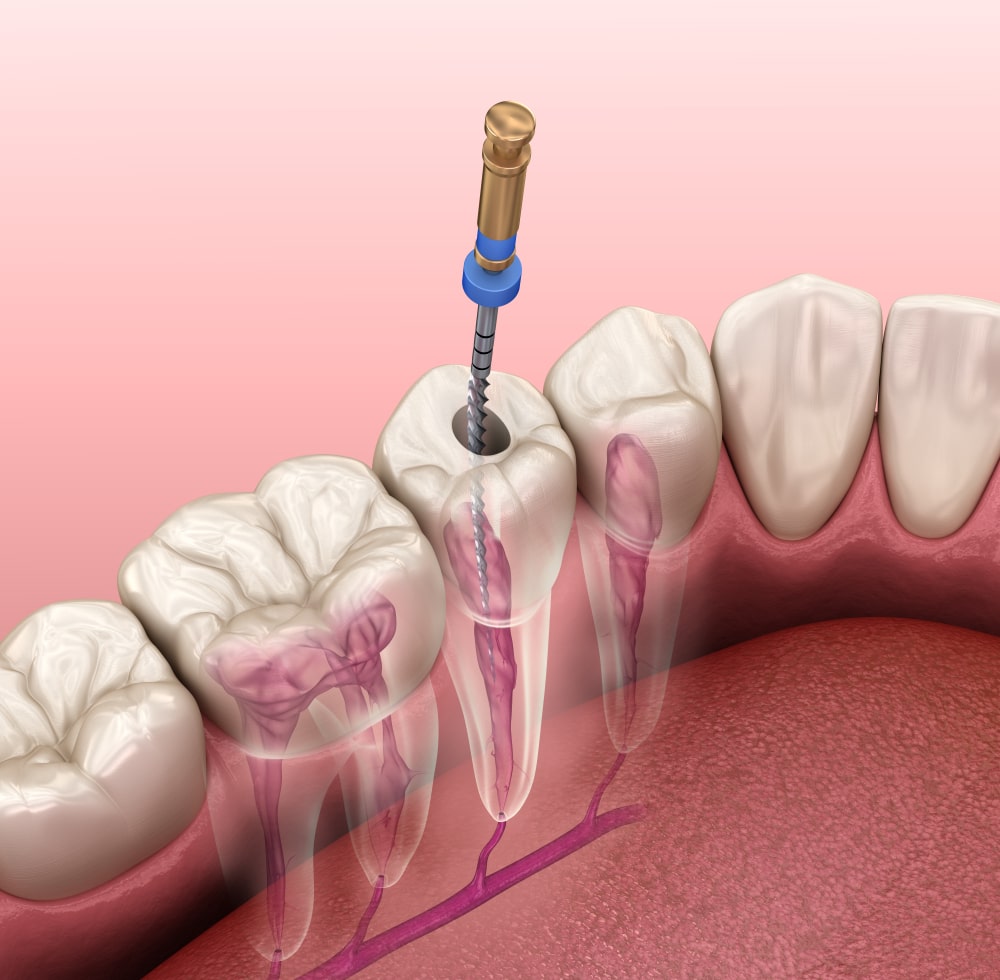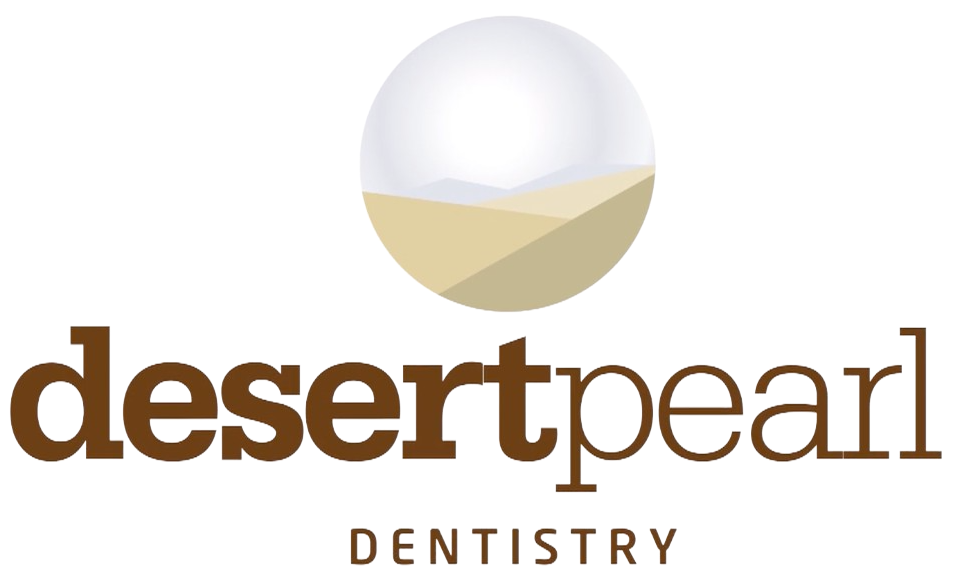Every tooth has its own blood and nerve supply that runs through a channel the length of its roots known as the root canal. Deep decay can cause bacteria to infect the dental pulp and root canals. Once this happens, the infected tissues must be removed from the inside of the tooth in order to prevent the infection from spreading. Root canal treatment is the process of removing decayed tissue and filling the tooth with an inert filling material.
Did You Know?
Root canals have a bad reputation for being extremely painful, when in actuality they help to relieve pain. Oftentimes, people mistake the pain of a pulp infection as being caused by a root canal when it is actually caused by inflammation. With the use of dental anesthetics, root canals are no more uncomfortable than having a dental filling placed.
Frequently Asked Questions:
Do I need a root canal?
You will need a root canal if you have a severely decayed or damaged tooth that has allowed bacteria to infect the dental pulp and root canals. While some pulp infections are only detected with dental x-rays, others can cause symptoms such as:
- Sudden, severe tooth pain
- Swelling in the gums
- Tooth sensitivity
- Pain while chewing
- A discolored tooth
Without root canal treatment, a pulp infection will continue to get worse and can eventually cause an abscess to form. Therefore, if you are experiencing any of these symptoms, call our office to schedule an appointment with Dr. Morales.
In some cases, your root canal treatment may require a specialist for proper treatment and best outcomes. In such case, Dr. Morales will refer you to one of many trusted specialists in the area.
What can I expect when having a root canal performed at Desert Pearl Dentistry?

When you come in for a root canal at Desert Pearl Dentistry, we do our best to provide you with compassionate, optimum care. To meet our high standard of care and keep you comfortable, dental anesthetics are used during all root canal treatments. Once your mouth is numb, Dr. Morales will begin the procedure by drilling a small access hole in the top or side of your tooth. A series of root canal files will then be used to clean out the inside of the tooth. The decayed tissue, nerve, and blood vessels will all be removed until the pulp chamber and root canals are completely hollow. At this point, the empty tooth will be flushed with an antimicrobial solution to minimize the chances of another infection.
In order to ensure the structural and functional integrity of the tooth, the second part of a root canal deals with restoring the tooth. This is accomplished by filling the root canals and pulp chamber with a rubber-like material known as gutta percha. Dr. Morales may also elect to insert a metal post inside the tooth for additional support. Then, the access hole will be sealed shut using composite resin so that a dental impression can be taken. This dental impression is sent to a state of the art dental laboratory where a permanent dental crown will be fabricated as an additional protective measure. In the meantime, Dr. Morales will fit you with a temporary crown. Once your tooth has healed and the permanent crown has been fabricated, it will be placed.
What can I expect after having a root canal?
Since dental anesthetics are used during root canal treatment, it is very likely that your mouth will still be numb for about 1-3 hours after your appointment. During this time, you will need to take special care to not accidentally bite your tongue, cheeks, or lips until the anesthetic wears off. You may also want to take some over the counter pain medications before the anesthetic completely wears off to prevent discomfort. Although the infection has been removed, there can still be some residual soreness since it takes a few days for the inflammation to decrease.
While wearing your temporary crown, you will need to remember that this crown is not meant to last a long time. This means that it is more likely to fall off or break if exposed to extremely hard, sticky, or chewy foods. Therefore, it is recommended to avoid these foods and to chew on the opposite side of your mouth. Once you have your permanent crown placed, you can return to your usual diet. To care for your new crown, be sure to brush twice a day, floss daily, and attend regular dental appointments and cleanings.


